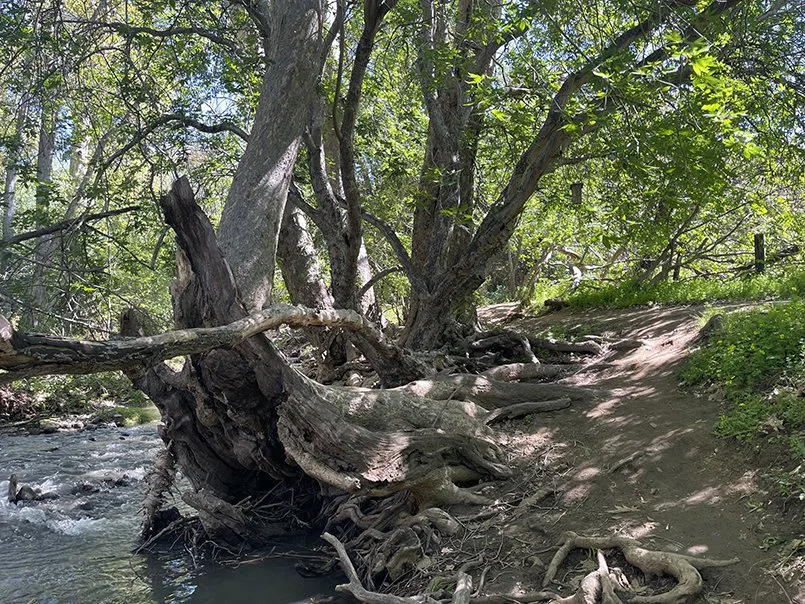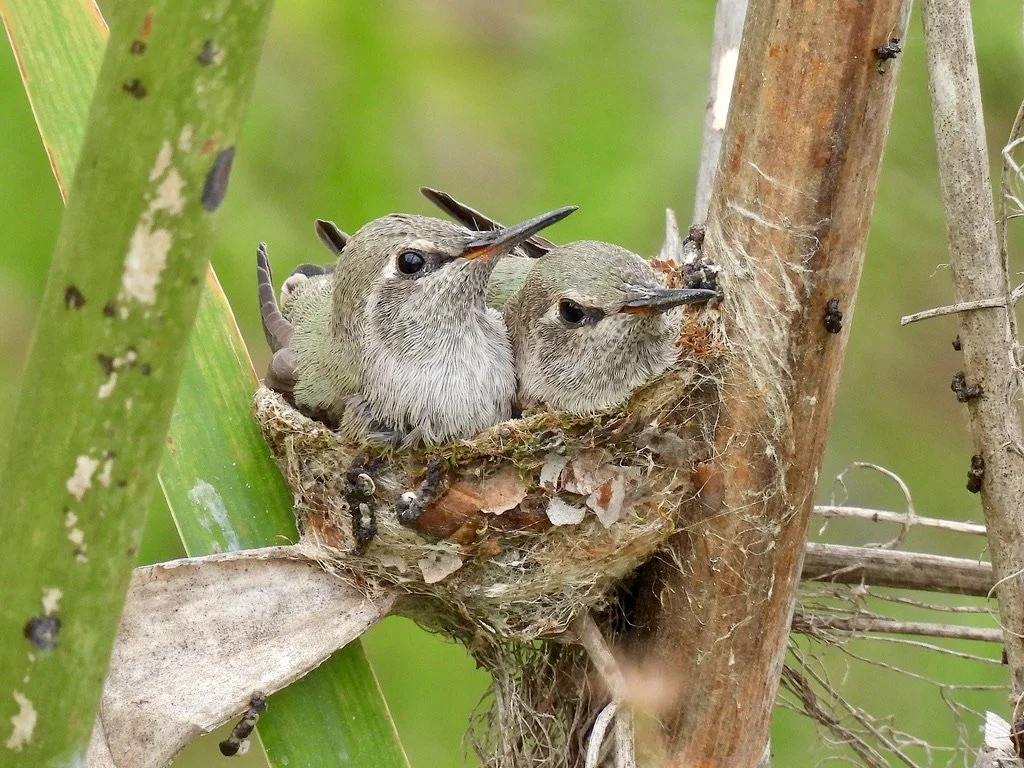Read the Fine Print:
The Hidden Flexibility of California's Measures
California's ballot measures and propositions, designed to empower citizens, often conceal a crucial truth: the legal text, not the appealing campaign language, ultimately governs fund allocation. Ballot measures are usually crafted based on polls to attract diverse voter interests. By design, they allow flexibility for future adjustments, enabling governing bodies to adapt to evolving needs, or perceived needs, that may be far removed from the original campaign's promises. Voters should be aware that the legal language often allows for significant deviations from the advertised intent.
This inherent flexibility can lead to significant shifts in intended allocations and intense feelings of betrayal among voters. For instance, consider Valley Water’s attempt to shift funds from the “Safe, Clean Water and Natural Flood Protection” program in Palo Alto and Mountain View to San Jose. Similar cases occur statewide, showing how legal loopholes and broad interpretations can reshape the intended purpose of voter-approved measures. Additionally, broad language often permits funds to be used for projects that only marginally meet voters' intent, if at all. For example, a ballot measure that promises to “restore habitat and provide access to nature” might end up spending most of the funds on paved trails and parking areas.
Identifying the exact legal obligations in ballot measures can be challenging, especially when the language is vague or broad. So, as you read ballot measures before casting your vote, scrutinize the fine print. If the full text states that funds "shall" be used for a specific purpose, that's legally binding. However, if it says "may," "intends to," or uses vague, broad categories, officials have more discretion in how funds are spent. Furthermore, when ballot statements lump two different categories together, the part that attracted your vote may ultimately be sidelined. What you vote for may not always be what you get.
The Crisis Facing Americas Birds
The 2025 U.S. State of the Birds report reveals that bird populations across the United States continue to decline, a trend that has been ongoing for decades. The report shows that a third of American bird species are of high or moderate concern due to population declines or other threats. Birds in forests, grasslands, and arid lands are among the fastest declining groups, with populations dropping by 43% and 41%, respectively, since 1970. Additionally, while waterfowl populations had been increasing, they have now declined by 20% since 2014 due to habitat loss and climate-related factors. With diminishing federal protections of forests, wetlands and grasslands, these trends may deepen and intensify.
Despite these alarming trends, the report also highlights that targeted conservation efforts can lead to recoveries. Protecting bird habitats and reducing threats like habitat loss and environmental degradation are critical for reversing these declines.
Birds are vital to our ecosystems and economy, generating over $350 billion annually through bird-related activities like birdwatching and outdoor recreation. They also contribute to mental well-being, reducing stress and improving life satisfaction. Protecting birds is not only about conservation; it’s about sustaining the health of our environment and ourselves.
As we face the ongoing challenges to bird populations, continued action is necessary to protect birds, restore their habitats, and ensure a future where both birds and nature thrive. SCVBA has been protecting birds and their habitats for 100 years, and we are committed to continuing our advocacy for our feathered friends, who can sing but cannot talk!





